Weak Labor’s Strong Clout
The American labor movement is divided on which candidate to support for president. Its membership is at one of its lowest ebbs in our history. And yet the nation's unions are more politically influential today than they were in the movement's heyday in the 1950s.WASHINGTON — The American labor movement is divided on which candidate to support for president. Its membership is at one of its lowest ebbs in our history. And yet the nation’s unions are more politically influential today than they were in the movement’s heyday in the 1950s.
Organized labor’s clout is reflected in a Democratic presidential race in which every candidate is seeking labor’s blessing. No Democrat is criticizing unions as “a special interest,” a common line of attack from moderate and neoliberal Democrats in the 1980s.
Having played a major role in the Democrats’ 2006 victory, labor has real influence in the new Congress. In the vote earlier this year on labor’s central legislative demand — changing federal law to allow for a “card check” system to make it easier for unions to organize — only two House Democrats split from the union cause. It is hard to find a precedent for that degree of Democratic solidarity on labor’s behalf.
The 2006 results also put to rest anxieties that the defection of seven unions from the AFL-CIO to form the new Change to Win federation would weaken labor’s effectiveness on Election Day.
Labor’s political gains have occurred in the face of a steady decline in its private-sector role. According to the Bureau of Labor Statistics, 24 percent of the American work force was unionized in 1973, and unionization rates were roughly equal in the public and private sectors.
The latest figures, for 2006, show a decline in unionization to 12 percent of the work force and a radical shift in labor’s composition: Now, only 7 percent of private-sector workers belong to unions, compared with 36 percent of workers in the public sector.
The shift in labor’s base and the overall drop in membership may both be central to the growing political sophistication and influence of the unions.
The public-sector unions, with an obvious interest in the outcome of elections, have developed highly effective political operations. This is true of the teachers and nurses, the American Federation of State, County and Municipal Employees (AFSCME), the police and firefighters, and the Service Employees International Union (SEIU), which organizes a mixture of public- and private-sector workers.
In the meantime, the decades-long aggressiveness of private employers in fighting unionization has underscored the urgency of changes in federal law and those officials who enforce it.
Sen. Chris Dodd, D-Conn., basking over the Labor Day weekend in the endorsement of his long-shot candidacy by the International Association of Fire Fighters, argues that although in the 1980s labor “got sloppy and it was lazy and it didn’t look like it had a lot of energy,” its current leaders have recognized the need for new vigor.
In a telephone interview, Dodd insisted that labor’s new influence grows primarily from a concern in the heart of the electorate over “a decline in earning power, a tremendous slippage in the middle class.” Labor, he says, “represents organizations that want to fight back and do something about that.”
It is precisely because economic differences among Democrats are not sharply drawn — despite John Edwards’ strong identification with pro-labor economics — that the unions are splintering in their endorsements, and many of the leading unions may wait to offer their formal backing until later in the contest.
Already, Hillary Clinton has been endorsed by the Machinists and the United Transportation Union. (Interestingly, the Machinists also endorsed former Arkansas Gov. Mike Huckabee for the Republican nomination.) Edwards has won endorsement from the Carpenters, and union officials say he has strong support among the Communications Workers and the Steelworkers. He also has a large following in UNITE-HERE, which represents many hotel workers in Las Vegas and could play an important role in the early contest in Nevada.
The situation at AFSCME is revealing because divisions within the union are rooted primarily in affection for local favorites. Larry Scanlon, AFSCME’s political director, notes that the union’s contingents in New York and Illinois are especially powerful politically and are loyal, respectively, to Clinton and Barack Obama.
Anna Burger, chair of Change to Win, sees the labor movement in the happy if confusing position of picking among candidates who all see that “unions are the solution, not the problem.” Karen Ackerman, the political director of the AFL-CIO, sees labor’s opening as arising from “a new environment … coming off the Reagan years and the Bush years and a ‘you’re on your own’ trickle-down philosophy.”
Thus the paradox on Labor Day 2007: At a moment of organizational weakness, labor’s political influence and ideological appeal may be as strong as at any time since the New Deal. Every Democrat running for president seems to know this.
E.J. Dionne’s e-mail address is postchat(at)aol.com.
© 2007, Washington Post Writers Group
Your support matters…Independent journalism is under threat and overshadowed by heavily funded mainstream media.
You can help level the playing field. Become a member.
Your tax-deductible contribution keeps us digging beneath the headlines to give you thought-provoking, investigative reporting and analysis that unearths what's really happening- without compromise.
Give today to support our courageous, independent journalists.
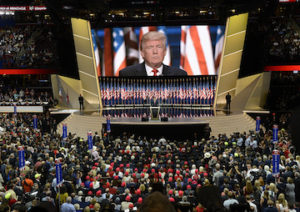
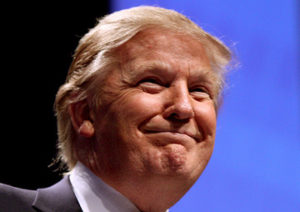
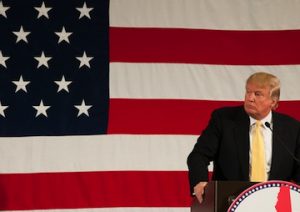
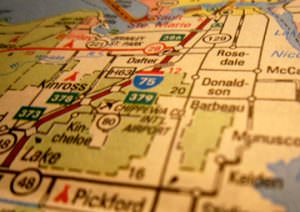
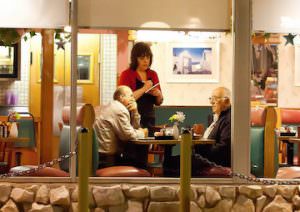
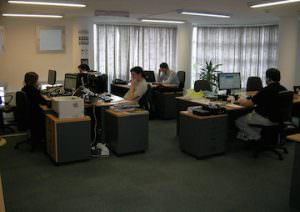
You need to be a supporter to comment.
There are currently no responses to this article.
Be the first to respond.